#Steven Timothy
Text

HELLO FRIENDS…
Welcome to the revamped blog
Share your thoughts and feelings about the band or related topics. Share your Unpopular Bad Omens Opinions and Bad Omens Theories and Lore. Send in Requests or Submit your own Post.
Topics of discussion:
Requests – Merch – Lore – Theories – Unpopular Opinions
Music Talk – Hard Hitting Questions – Experience
Topic Questions
— Click a tag to find specific content

BAD OMENS | On Tour
Concert Thread

REQUESTS:
BOOK REQUEST // Noah
ANIME REQUEST // Crew
SHOW REQUEST // Crew
NOAH SEBASTIAN TATTOOS
NOAH’S ASKFM
NOAHS LIVESTREAMS

JOIN THE DISCORD Bad Omens Cult Discord
Check out my other socials
Instagram | xf3ralx ——— Twitter | xf3ralx
Tumblr | @badomensteablog

More Tags…
#song collaboration#thoughts? 💭#tattoos#Bad Omens#Bad Omens Cult#noah sebastian#joakim jolly karlsson#nick folio#nicholas ruffilo#bryan kirks#steven timothy#matt dierkes#bad omens and bring me the horizon#bad omens and poppy#impoppy#keaton pierce#xf3ralx edits#x3rrorx
16 notes
·
View notes
Text
Missing scene from CATFA, based off of the movie and comments in Agent Carter:
Steve: God, if only someone loved me…
Peggy: standing behind them with roses
Bucky: holding box of chocolates
Howard: has balloons and a card [in Agent Carter she says "I loved him too" and I know what they meant but I thought this was funny]
Dum Dum: facepalms This is sad.
#marvel#marvel mcu#incorrect quotes#captain america#steve rogers#steven grant rogers#bucky barnes#james buchanan barnes#the winter soldier#steve x bucky#stucky#agent carter#margret carter#peggy carter#howard stark#steggy#dum dum dugan#timothy dugan#the howling commandos#howlies#captain america the first avenger
27 notes
·
View notes
Text
I was rewatching the ep where Tim first appears and it hit me...

Assorted doodlz:



#tmnt#steven universe#teenage mutant ninja turtles#su#tmnt 2012#rottmnt#rottmnt leo#rottmnt donnie#2012 tmnt donnie#steeb#tmnt timothy#rottmnt mikey#leosagi
116 notes
·
View notes
Text

The Rocketeer (1991)
#1991#film#movie#aviation#The Rocketeer#Billy Campbell#Cliff Secord#Jennifer Connelly#Jenny Blake#Timothy Dalton#Neville Sinclair#Terry O'Quinn#Howard Hughes#Dave Stevens#Los Angeles#California#Zeppelin#rocket pack
25 notes
·
View notes
Photo

The cast of Wings, 1994
#Thomas Haden Church#Rebecca Schull#Steven Weber#Crystal Bernard#Timothy Daly#David Schramm#Farrah Forke#Tony Shalhoub#Sandpiper Air#sitcom#1990s#Brian Hackett#Helen Chappel#Lowell Mather#Antonio Scarpacci#Fay Cochran#Roy Biggins#Alex Lambert
114 notes
·
View notes
Text
it goes like this. you love him. you can’t tell him. you can’t keep him. “did you get enough love, my little dove?” it goes like this. you love him. you tell him. you have to leave him. “why do you cry?”
87 notes
·
View notes
Note
What were the founding fathers’ reaction to the Haitian Revolution?
Due to the Yellow Fever epidemic having a massive toll on the perception of Dominguans, initially Washington was dubious to support it. As it was believed that the Yellow Fever plague was brought to Philadelphia by ships carrying Dominguan refugees. Doctor Benjamin Rush was an eminent physician and abolitionist, but sincerely believed that the black population had immunity to the illness. And so also thought they had an obligation to attend to the afflicted. Which then created the Free African Society. Anyway, Rush was ultimately wrong; as black people died at a rate almost equal to that of the white's population.
So, while Washington was president (Until 1797), he wasn't supportive towards the Dominguans in rebellion. But this would change later on, when John Adams had been elected president. Following Joseph Bunel's arrival in 1798 - Toussaint L'Ouverture's diplomatic representative - Bunel had reportedly met with Adams and other government officials in 1798 or 1799 accompanied by his wife, Marie Bunel, who was a free Black creole.
This soon evolved into a political party dispute though. As - like many Federalists such as Hamilton, Pickering, and Washington - Adams saw supporting the rebellion as an opportunity to fighting against the common enemy, the French. Because the United States had been harassed by the French for years prior, and was then engaged in a Quasi-war with France. It was also seen as a chance to help the American trade, and merchants by gaining a valuable trading partner in the West Indies. Hamilton and Pickering convinced Adams to appoint Edward Stevens as the United States consul-general in Saint-Domingue. He sent Stevens to Haiti with instructions to establish a relationship with Toussaint and express support for his regime. The Federalist administration hoped to incite a movement toward Haitian independence, but Louverture maintained a colonial relationship with France. Stevens's title, “consul”, suggested a diplomat attached to a country, not a colony, reflecting the Adams administration's view of the Haitian situation. But overall, the Federalists rather saw it as an economic investment, and military enhancement.
But many Democratic-Republican's, or southern politicians/farmers, disagreed with the support to the Haitian revolution, particularly Thomas Jefferson. Jefferson was a slave owner with 600 enslaved people at his disposal. A great motive to his so-called “abolitionist” ideals, which was just that he wanted the slave trade system abolished and for black people to get deported, was the fear of the United States one day being faced with a slave rebellion. Especially since Jefferson lived in the south, where slavery was prominent. He believed that the black population should be deported as to protect planation owners. So, you can imagine that Jefferson's largest concern for the Haitian revolution was that it would inspire American slaves to revolt as well. Not to mention, Jefferson had initially urged the US government to support the French revolution for the common ideals of liberty, and patriotism. But the Federalists had argued they shouldn't cause riffs between America and Great Britain again, especially when their developing country and recovering militia was still all very fragile. Jefferson thought the support for the Haitian revolution was hypocritical, and endangering for the United States. This additionally sparked much slander of claiming the Federalists sided with monarchy and Great Britain, instead of more libertarian country's like France.
This also didn't go smoothly either, for soon relations between the two republics soured after Adams left office in 1800, and when Jefferson took charge, he refused to officially recognize Haiti until 1862.
#amrev#american history#haitian revolution#french history#frev#alexander hamilton#historical alexander hamilton#george washington#john adams#timothy pickering#edward stevens#thomas jefferson#founding fathers#history#queries#sincerely anonymous#cicero's history lessons#black history#slavery
36 notes
·
View notes
Text
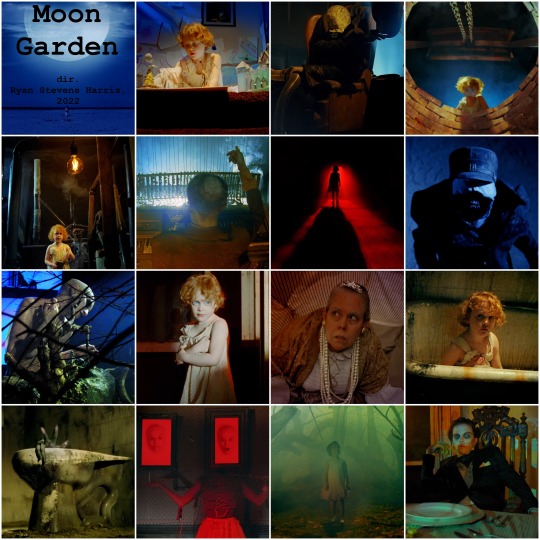
Moon Garden
directed by Ryan Stevens Harris, 2022
#Moon Garden#Ryan Stevens Harris#movie mosaics#Haven Lee Harris#Morgana Ignis#Phillip E . Walker#Angelica Ulloa#Maria Olsen#Emily Meister#Timothy Lee DePriest
16 notes
·
View notes
Photo
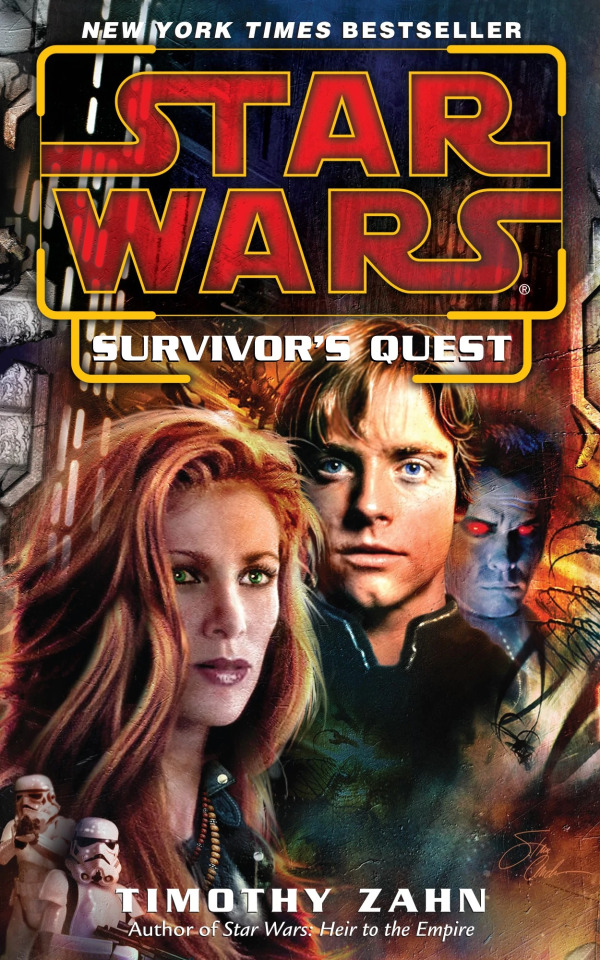

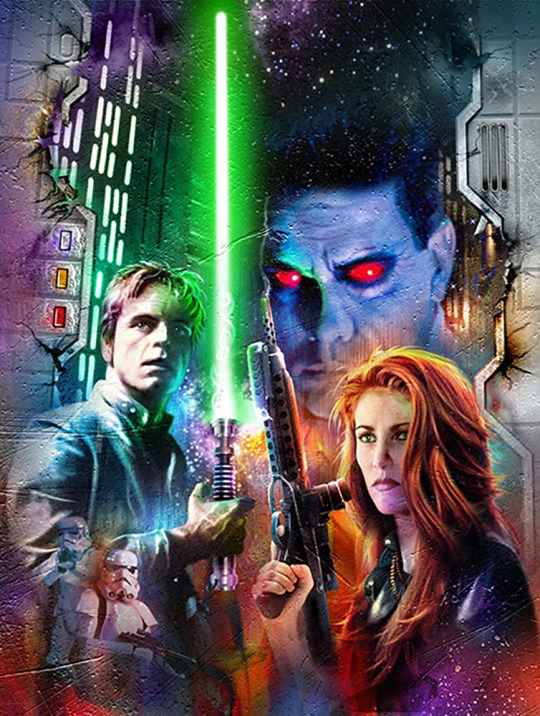

Preliminary and Final Cover Art by Steven D Anderson. “Star Wars: Survivor’s Quest.” February, 2004.
StarWars.com offered a glimpse of Steven D Anderson’s cover art for “Star Wars: Survivor’s Quest” in June of 2003. The preliminary art was floating around for a bit, and eagle-eyed fans noticed Mara was depicted as Angie Everhart. In an interview on StarWars.com, author Timothy Zahn shared a bit of Mara and Luke’s role in the novel:
Luke and Mara are still basically newlyweds as the novel opens. They both have doubts to work through - not about their love for each other, but about their own pasts, and the still-mysterious past of the Jedi order. Can you talk a little bit about this element of the novel?
Though Mara has fully joined the New Republic, there are still parts of her past Imperial service that hold a draw for her, particularly the order and discipline the Empire offered, and she discovers she still has to work through some of those feelings. Luke, for his part, is still struggling with questions about his role as "the" Jedi Master of the New Republic, as well as how some of the rules and traditions of the old Jedi order relate to the new Jedi Order he's trying to build.
#Mara Jade#Mara Jade Skywalker#Luke Skywalker#Timothy Zahn#Star Wars#Star Wars EU#SW EU#Star Wars Expanded Universe#Star Wars Legends#Survivor's Quest#Mara x Luke#Luke x Mara#jedi#Thrawn#Grand Admiral Thrawn#Angie Everhart#Steven D Anderson#Star Wars art#Master Skywalker
93 notes
·
View notes
Text
Steven Berkoff says Benedict Cumberbatch for Bond | Evening Standard
Steven Berkoff says Benedict Cumberbatch for Bond
Berkoff was among actors Bill Nighy and Rafe Spall at Timothy Spall's art show
Prada - Arrivals - Milan Fashion Week - Womenswear Spring/Summer 2024

BENEDICT CUMBERBATCH
Who will play the next James Bond? The hunt for the next 007 is shrouded in secrecy and speculation. At Timothy Spall's art preview last night, we asked iconic playwright and theatre director Steven Berkoff, who once played a Bond villain, his ideal successor for the role.

Timothy Spall 'Winter Sun' Exhibition - Private View
TIMOTHY SPALL
JED CULLEN/DAVE BENETT/GETTY IMAGES
“You need somebody who has brilliance and articulation and a great voice. And I thought the ideal person would be Benedict Cumberbatch because he looks good, he’s very strong, he’s physical and he has an amazing voice," Berkoff said. Why is the voice so important? "If you don’t have a good voice then that doesn’t work. A great voice can dominate a film." The other upside? "If you have a great voice you don’t have to do so many stunts," Berkoff said..."
HOLY DRAWERS, BATMAN!
Benedict was not even at the Spall exhibition and they were over there talking about him. Superb!
Up to him if he wants to go for Bond, though. I see the pros and cons. Can't say I'm crazy about the idea but hey, since the Academy Awards is so hellbent on being a representative of shady practices, Ben might as well play another icon. I've also seen online trolls suggesting this for years, but never anyone as big as Berkoff.
#benedict cumberbatch#Steven Berkoff#Timothy Spall Art Exhibition#Here we go#James Bond#AS LONH AS WALLER-BRIDGE IS NOT WRITING IT!
5 notes
·
View notes
Text


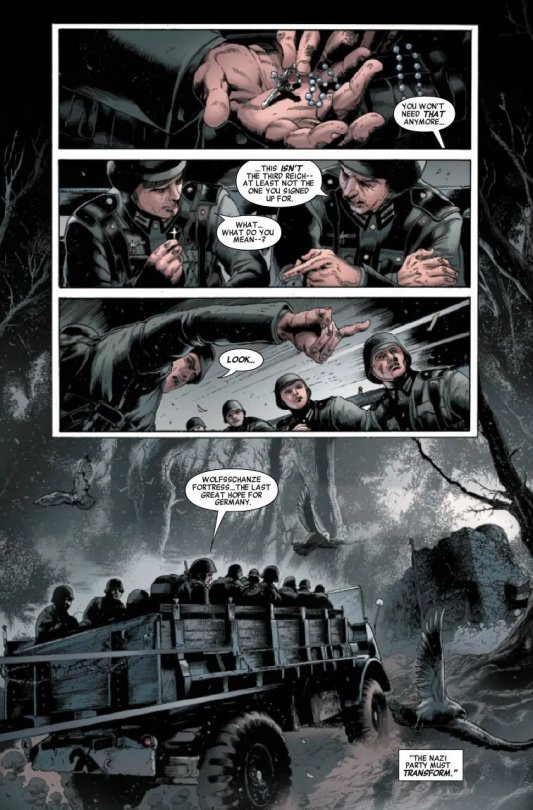


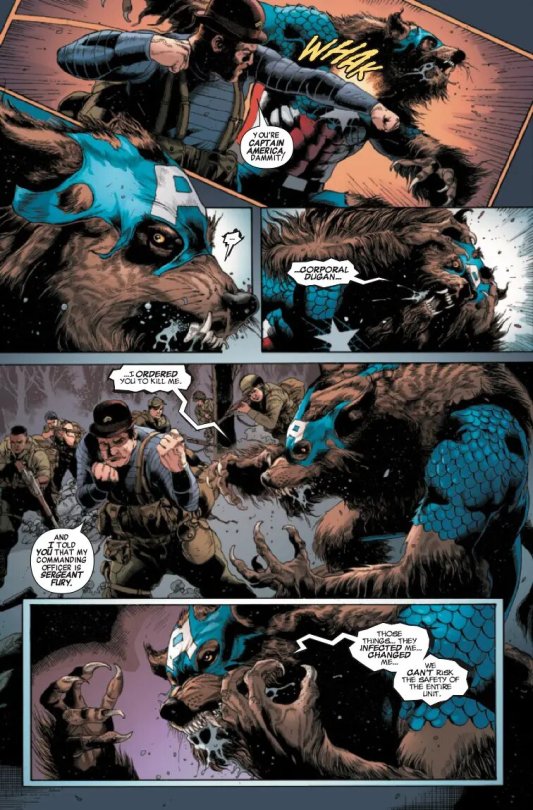
A preview of Capwolf and the Howling Commandos #2
CAPWOLF & THE HOWLING COMMANDOS #2
As the Howling Commandos struggle to decide the newly werewolfed Captain America’s fate, a miracle happens—and a new ally arrives. Meanwhile, their Nazi foes make a call that could change the tide of battle—and the fate of the world.
Written by: Stephanie Phillips
Art by: Carlos Magno, Espen Grundetjern
Cover by: Ryan Brown
Page Count: 28 Pages
Release Date: November 15, 2023
#CapWolf#Captain America#Steve Rogers#steven grant rogers#Dum Dum Dugan#Timothy Dugan#Howling Commandos#marvel preview#marvel
5 notes
·
View notes
Text
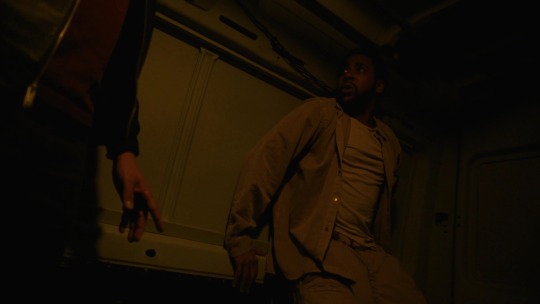



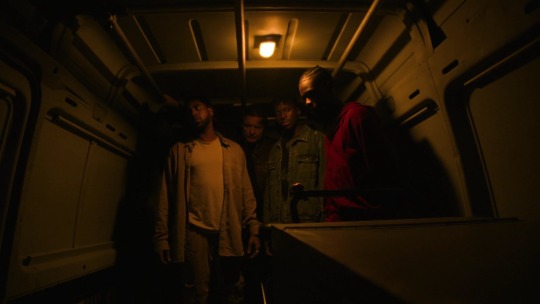



#full circle#charger#steven soderbergh#jharrel jerome#zazie beetz#gerald jones#sheyi cole#phaldut sharma#claire danes#timothy olyphant#dope shit
8 notes
·
View notes
Text
'Tom Ripley used several different aliases in the new Netflix limited series Ripley. Tom, who also acquires many places of residence throughout Ripley, is a master of disguise and deceit. He is drawn to murder once his true identity of being an elaborate con man faces the threat of being exposed. Throughout the thrilling series, Tom has conned his way from a lowly life of scamming and thievery in New York City to becoming incredibly wealthy in Italy thanks to a supposed old friend, Dickie Greenleaf (Johnny Flynn). Ripley's cast is led by an exceptionally chilling Andrew Scott (Fleabag, Black Mirror, All of Us Strangers) as the titular treacherous protagonist.
Ripley has received rave reviews from critics upon its April 4, 2024 release exclusively on Netflix. The psychological thriller is based on the renowned 1955 novel The Talented Mr. Ripley by celebrated novelist Patricia Highsmith, the first of her 5-part "Ripley" series that also includes Ripley Under Ground and Ripley's Game. The Talented Mr. Ripley has been adapted several times for film and television, but none have been shot completely in monochrome until Steven Zallian's Ripley. Zallian, the Academy Award-winning screenwriter of Schindler's List, American Gangster, and The Irishman, wrote and directed the entire 8-episode miniseries.
By the end of Zallian's Ripley, Tom has orchestrated a way to frame his murder of Dickie Greenleaf as a suicide, successfully convincing Dickie's concerned girlfriend Marge Sherwood (Dakota Fanning) and a determined Inspector Ravini (Maurizio Lombardi). Ripley brings to light the lengths that monsters like Tom will go to in the name of self-preservation, using chilling methodology and calculation to be seen as significant by means of material wealth and social access. Even after Tom escapes to England and assumes a new identity in the final moments of Ripley, he does not seem satisfied, only aware of what it feels like to wear Dickie's clothes, flaunt his ring, and stare at his artwork while ultimately feeling nothing.
4. George McAlpin
Tom's fraudulent debt collector persona in New York
At the beginning of Ripley, Tom is shown in the thick of his life of petty scamming in 1960's New York City. Under the alias George McAlpin, Tom runs an elaborate scheme of fraud and theft under a fabricated organization he calls the McAlpin Collection Agency. Basically, Tom steals the mail from specific doctors, specifically a chiropractor in Ripley episode 1, that he detects has checks inside of them. These are payments from patients for services done by the chiropractor, which "George McAlpin" intercepts and opens illegally. He then contacts the patients claiming to be the sole employee of a debt collection agency that he has made up.
Tom is forced to destroy his George McAlpin identity once he faces suspicion at a bank when trying to cash the checks addressed to his fake agency. In Ripley episode 1, Tom is dressed in disguise as a serious, traditional-looking businessman of some sort, giving off a very plain and safe impression. He admits he doesn't have an account with the bank but is able to provide identification in the form of a chauffeur's license with George McAlpin's information on it. This is a precursor to Tom's ability to change his identity and acquire fabricated forms of identification throughout later episodes of Ripley.
Once Tom faces heat under his George McAlpin name, he has no choice but to burn all the checks and the fake stationary he had made as part of his scam. This turns out to work out perfectly fine for Tom, however, who is on his way to Italy to meet with Dickie right after destroying all evidence of the George McAlpin agency. Fortunately for Tom, the George McAplin business never came back around to haunt him, but if he had been stuck in New York, it's likely that the bank he failed to convince would have pursued legal action against him. Dickie becomes Tom's saving grace as he leaves George McAplin and his old life in New York behind for good.
3. Richard 'Dickie' Greenleaf
Tom assumes the identity of Dickie in Rome after killing him
Pretending to be Dickie in Rome allowed Tom to justify living so luxuriously and also provided a track record of evidence that Dickie was still alive.
Tom's next big scam and identity theft begins after he kills Dickie on the boat in San Remo. Dickie confronts Tom rather foolishly, on a small boat in the ocean far away from shore with no witnesses around, which reveals how unsuspecting Dickie was of Tom all along. Dickie politely tells Tom that it's time for him to move on with his life and leave Atrani. He also reveals that his father believes that Tom had been taking advantage of him and the generous access to his money while on a mission to bring Dickie back home. Tom immediately sees where this is going and saves Dickie the trouble of having to bluntly tell him to pack his things and leave.
Tom is unwilling to let go of this golden opportunity to live lavishly as Dickie did in Atrani and resorts to murder as the best option for him to keep his fantastical dream alive. The only reason why Tom kills Dickie is so that he can become him, eeiriy wearing his clothes and taking ownership of everything Dickie owns like an insidious parasite. Pretending to be Dickie in Rome allowed him to justify living so luxuriously and also provided a track record of evidence that Dickie was still alive. Checking into hotels, writing letters on his typewriter, and all the other intricate ways that Tom covered up Dickie's murder maintained suspicion for long enough so Tom could buy enough time to get away for good.
Tom murdering Dickie, covering it up, and assuming his identity is the narrative spine of Ripley. It alludes to the main drive within Tom's character that he wished to be someone bigger and better than what he is as well as his lust for material wealth and special treatment that comes with status. Tom is also innately motivated to validate his worth as evidenced by his deep resentment towards his Aunt Dottie, who berated him as a child. By assuming Dickie's identity, and eventually making it his own, Tom could basically shove his wealth and status in the face of his Aunt and anyone else who questioned his significance and ability.
2. Tom Ripley
A shape-shifting and relentless con artist
The true Tom Ripley is hardly seen in the series despite it being named after him. All the audience can gather about who Tom truly is on the inside is a cold, callous, dangerous monster that is out to take everything he wants from others by any means necessary. Tom is deeply hurt by his Aunt Dottie's mistreatment of him, and is, of course, affected by the sudden death of his parents when he was just five years old, which undoubtedly left a dark cloud over the young Tom's head throughout his life. Regardless of his traumatic childhood experiences, Tom is unquestionably a sociopath who views murder as a viable option to acquire what he likes.
Tom Ripley hides beneath the people he pretends to be, even his own personality. The Tom Ripley that he convinces Marge and Dickie to be is certainly not who he actually is. Tom comes off as naively agreeable, innocently forgetful, intentionally vague, and forcefully relaxed, which some people see as strange in the way that it is calculated, as if by design. Tom's own identity is a creation because he hides his the dark monster within him at all times. Tom Ripley is truly a shapeshifter with an unsettling ability to adapt, mirror, and transform himself to fit his objectives, which are typically seedy and dishonest.
What makes Tom Ripley so disturbing is seeing him in the quiet moments when he is alone. He has a reptilian-like coldness about him, as if he is functioning only at a base psychological level of survival. Human emotions are used as tools of manipulation to get what he wants and to make people like him. Rather than simply existing as a human being, Tom crafts attitudes, opinions, interests, and personality traits in order to gain advantage on the path to achieving his goals. Tom's one goal is clearly to be wealthy and to be respected because of his wealth, which perfectly exemplifies how immensely hollow he is at his core.
1. Timothy Fenshaw
Tom's new identity in England
After essentially getting away with the murders of Dickie Greenleaf and Freddie Miles, Tom is able to shake off Marge without killing her, although he was just seconds away from doing so. He also avoids the detection of Mr. Greenleaf, the American investigator, and Inspector Ravini, who have all collectively bought Tom's angle that Dickie must have taken his own life. He also reaffirms the notion that Dickie could have killed Freddie. Once Tom successfully gets all the suspicion off his back, he resigns from using the Dickie Greenleaf alias altogether and allows everyone to believe that Dickie died by suicide.
Tom Ripley, living in Venice, understands that his plan had only worked because of some very lucky circumstances. Remarkably, no one had caught him when he was living a double life in Rome, despite all of the attention from the press. Now out of the crosshairs, Tom was still determined to own everything that Dickie had to do whatever he wanted with it, including the Picasso. Tom leaves Venice and assumes a new fake identity of Timothy Fenshaw with the help of John Malkovich's "art dealer" character Reeves Minot. This new identity allows him to retain all the wealth he has stolen from the Greenleafs and hang Dickie's Picasso with ease under his new Fensahw name.
Tom's preemptive measures end up saving him in the end when Inspector Ravini discovers that Tom had completely fooled him throughout the Freddie Miles investigation. Marge had finished her novel about Atrani and got it published thanks to Tom's sincere notes and sends a copy to Ravini. In the final moments of Ripley, Ravini is stunned to see a printed photograph of Dickie in the first few pages of the book that looks nothing like him. In truth, Dickie looked nothing like Tom, and Ravini was left humiliated. Tom, however, has already assumed the new alias Timothy Fensahw in England and will be much harder for Ravini to find at the end of Ripley.'
#Tom Ripley#Richard 'Dickie' Greenleaf#Timothy Fenshaw#Johnny Flynn#Black Mirror#Fleabag#All of Us Strangers#Steven Zaillian#Marge Sherwood#Dakota Fanning#Inspector Ravini#Maurizio Lombardi#Ripley#Netflix#The Talented Mr Ripley#Patricia Highsmith#George McAlpin#Andrew Scott
2 notes
·
View notes
Text
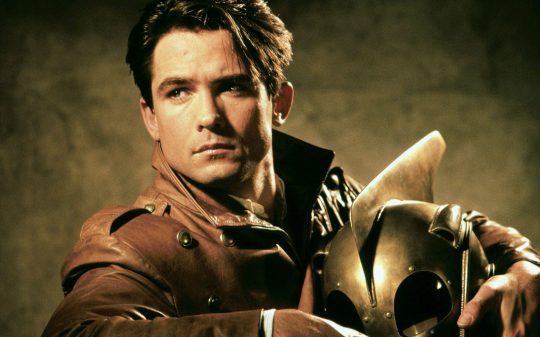
The Rocketeer (1991)
#1991#film#movie#The Rocketeer#Bill Campbell#Cliff Secord#Jennifer Connelly#Jenny Blake#Timothy Dalton#Neville Sinclair#Terry O'Quinn#Howard Hughes#Dave Stevens#Los Angeles#California#rocket pack
49 notes
·
View notes
Photo





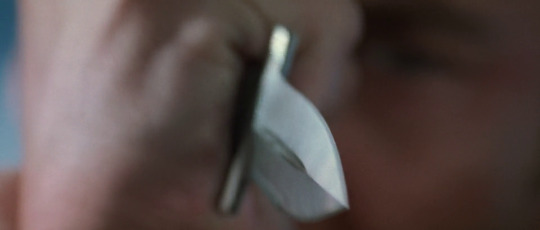
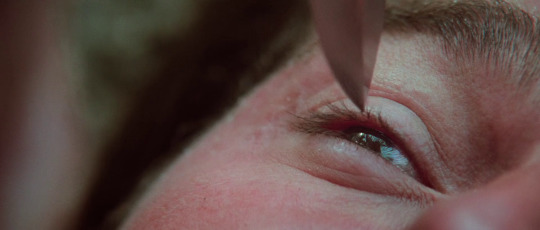

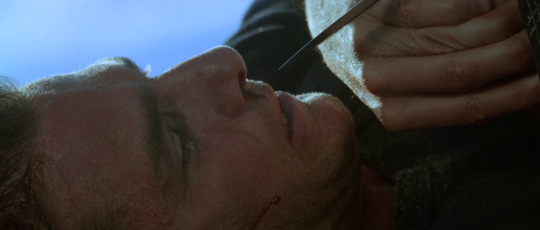
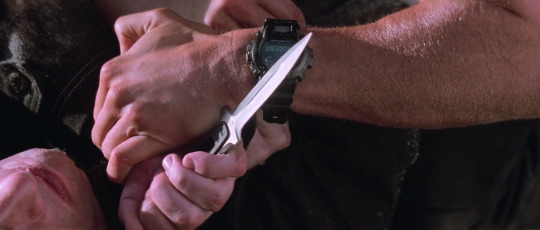
Mission: Impossible II (John Woo, 2000).
#mission: impossible ii#mission: impossible#tom cruise#john woo#dougray scott#jeffrey l. kimball#steven kemper#christian wagner#thomas e. sanders#lizzy gardiner#timothy everest
25 notes
·
View notes
Text

FULL CIRCLE is now streaming on Max
#full circle#full circle max#max#max original#jharrel jerome#cch pounder#adia#zazie beetz#timothy olyphant#claire danes#dennis quaid#steven soderbergh#series premeire#miniseries#summer tv#tv show poster#drama tv
8 notes
·
View notes